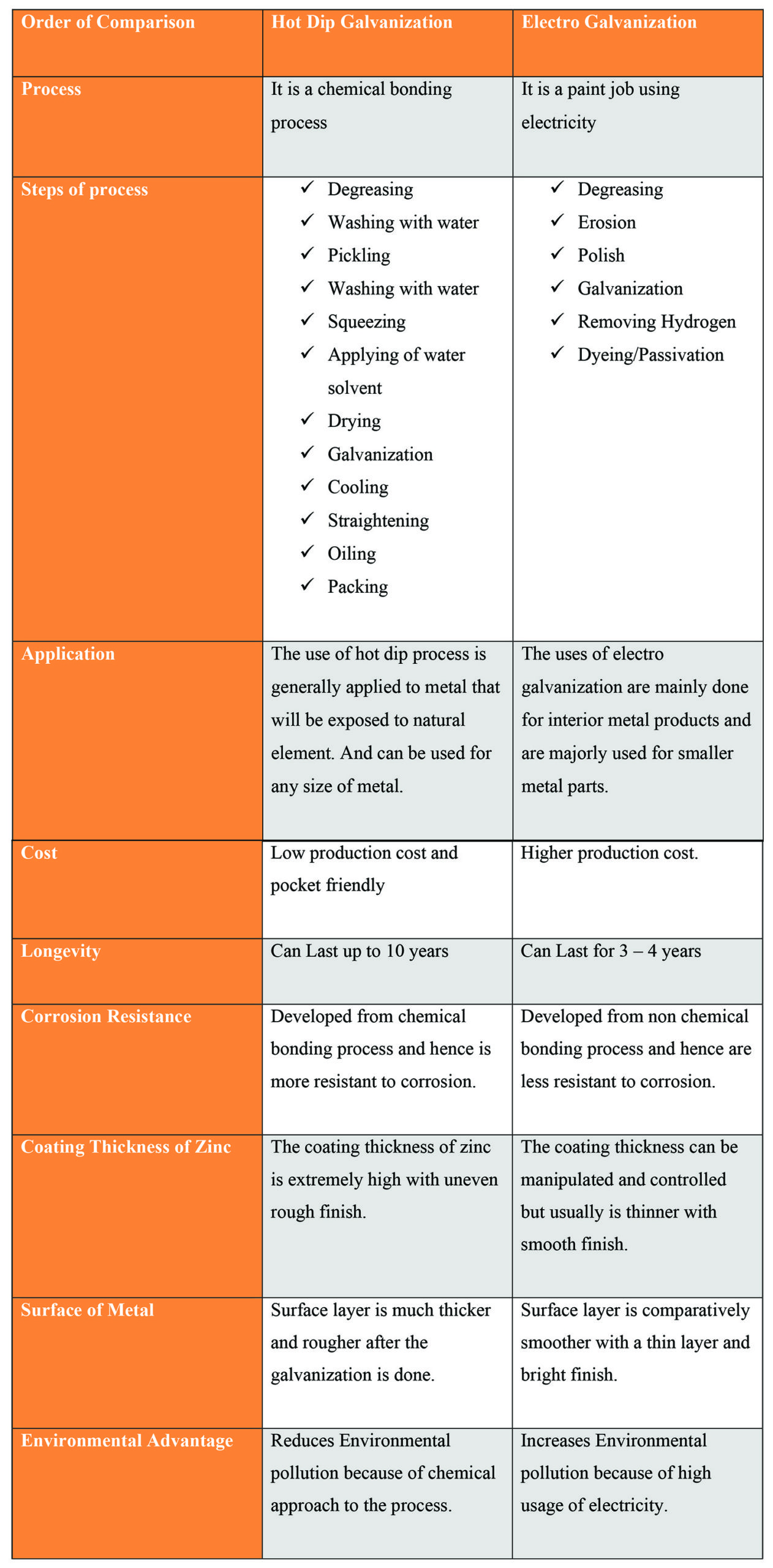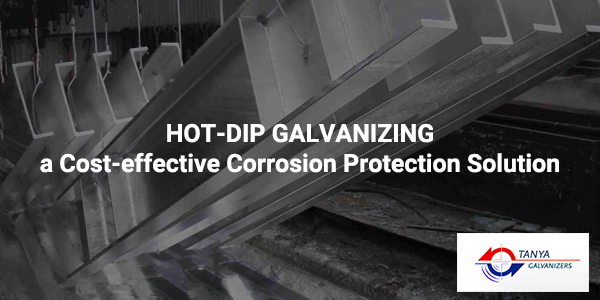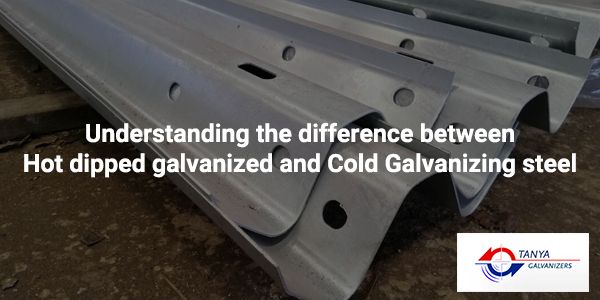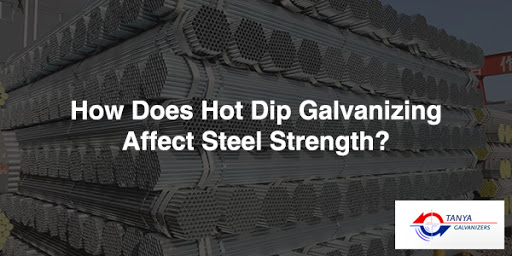Substation structures are a set of complex equipment made metals consolidated together to ensure reduction of high voltage electricity. It is because of this reason substation structure are placed outside in open places with bare minimum shade covering, since it handles transmission flow. This placement of the substation structures in the open places results in its exposure to natural elements on a regular basis. This results in corrosion of the structure since they are made from metals. Further because of the substation structures primary function it handles a large amount of heat and energy exposure that also contributes to its corrosion. It is because of this reason it is extremely important for substation structure to have proper elementary coating on its metal surfaces in order to avoid corrosion.
The solution to this corrosion issue was defined through galvanization process. Let’s take a look at what is galvanizing process and why it is a must for substation structures.
What is Galvanization?
For the common approach of understanding galvanizing process refers to the approach that highlights application of a zinc coating to the surface of a metal. The usual metal taken into consideration for the process of galvanization are Iron (Fe) and Zinc (Zn). The process of galvanization is principally utilized as a defensive mechanism to prevent corrosion and, likewise, increment the workable existence of the secured metal segment. When appropriately applied to a steel surface, zinc coatings offer two main types of protection: galvanic protection and barrier protection, which in turn increases the longevity of the metal by protecting it against possible corrosion.
How Galvanization is done on Substation
The process of substation galvanization is carried out coating steel or iron parts of substation by submerging it into a bath of molten zinc. The bath of molten zinc is usually set to temperatures around 840°F (449°C). Once removed from the bath, the zinc coating on the iron or steel’s of substation’s exterior reacts with oxygen in the atmosphere to form (ZnO) Zinc oxide. This Zinc oxide further reacts with carbon dioxide in the atmosphere to form a more compact protective layer known as (ZnCO3) Zinc carbonate. This Zinc carbonate reflects a dull grayish film, which is relatively stable and adheres tightly to the surface of the steel or iron of substation. This results in the zinc galvanizing process to create a chemical balance, which ensures that the zinc is chemically bonded to the underlying metal of substation and becomes part of the steel or metal that is being protected through the zinc galvanizing process.
Why Galvanization is must for Substation
Substation structures are always exposed to natural elements that result in corrosion effect on the metals that are used to develop the substation. Further, with the substation structure continuously functioning with energy resource the corrosion effect increases overtime at a faster pace. Yet substations cannot be shut down because of the important transmission operational role it plays in managing energy. Further the metals used to develop the substation are of huge cost and value and corrosion can result in decay of the metal overtime resulting in rise of maintenance cost. It is because of this reason it is extremely important to galvanize substation structure. Since galvanization process will prevent the substation structure from corrosion and also safe guard it financially from huge losses that may happen because of decay in such costly metals. This in turn will allow substation structures to come across profound advantages.
Advantages of Galvanization on Substation Structure
There are many advantages that a substation structure can enjoy from galvanization. They are as follow:
- Prevention of metals from corrosion through exposure to natural elements
- Prevention of metal decay from exposure regular energy transmission
- Safeguard against huge financial losses because of metal decay and corrosion process
- Lower the annual maintenance cost
- One time investment because of galvanization that can create protection for decades
It is because of these advantages that a substation structure can enjoy because of galvanization, it is must for the structure to prevent any physical damages.
So if you own a substation and are looking for galvanization of your substation structure then get in touch with us. We would be happy to help you.
Why Choose Us
At Galvanizer our team work relentlessly to come up with innovation’s that can deliver you ultimate experience of galvanized products. Our multi-lateral testing and development process ensures delivering our client premiere quality of galvanizing process. With decades of industry experience we offer nothing but the best. We provide assistance in helping you select the best galvanizing solution for your metal requirements. To know more on service and business related inquiry get in touch with us.









